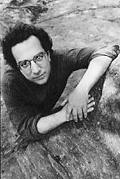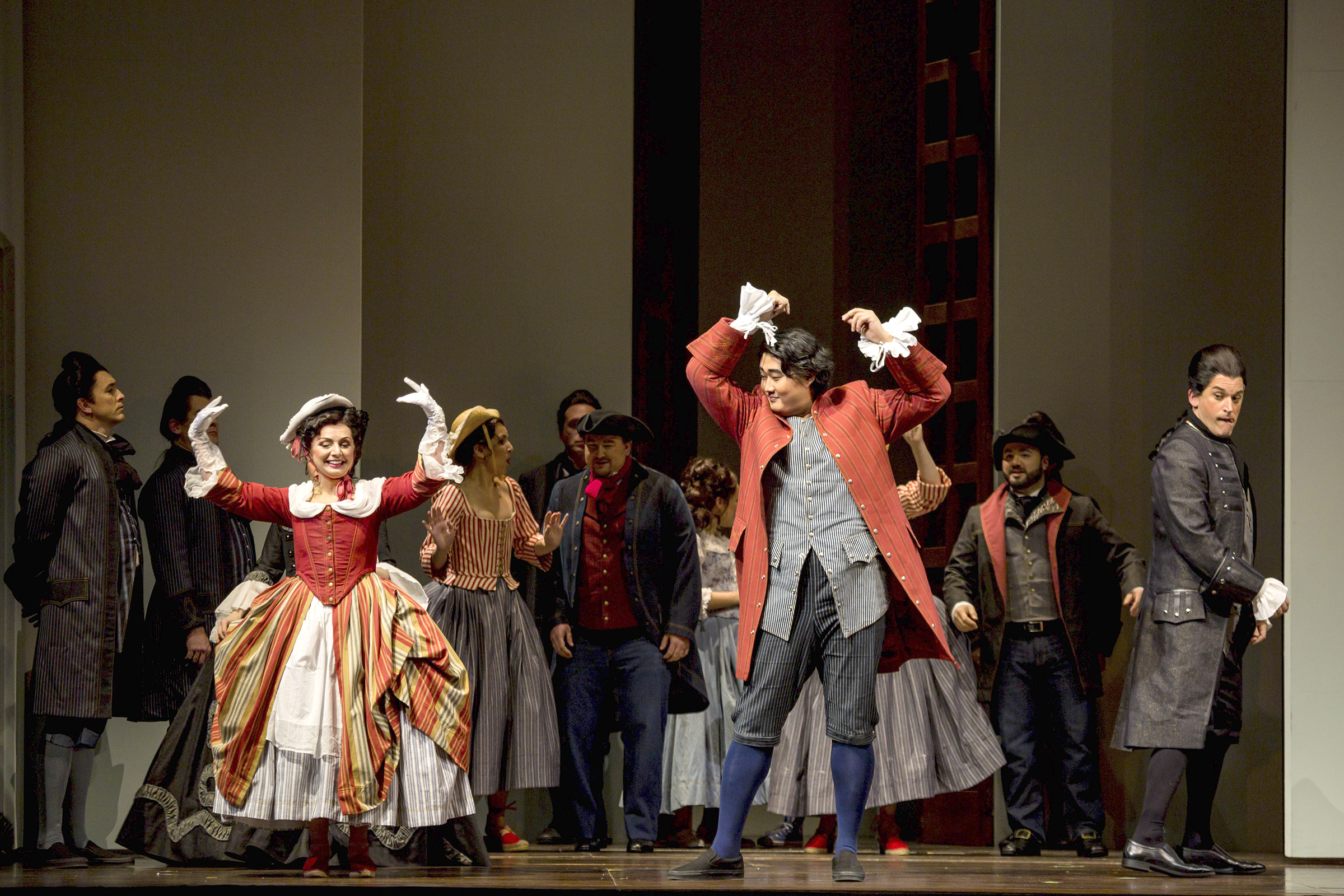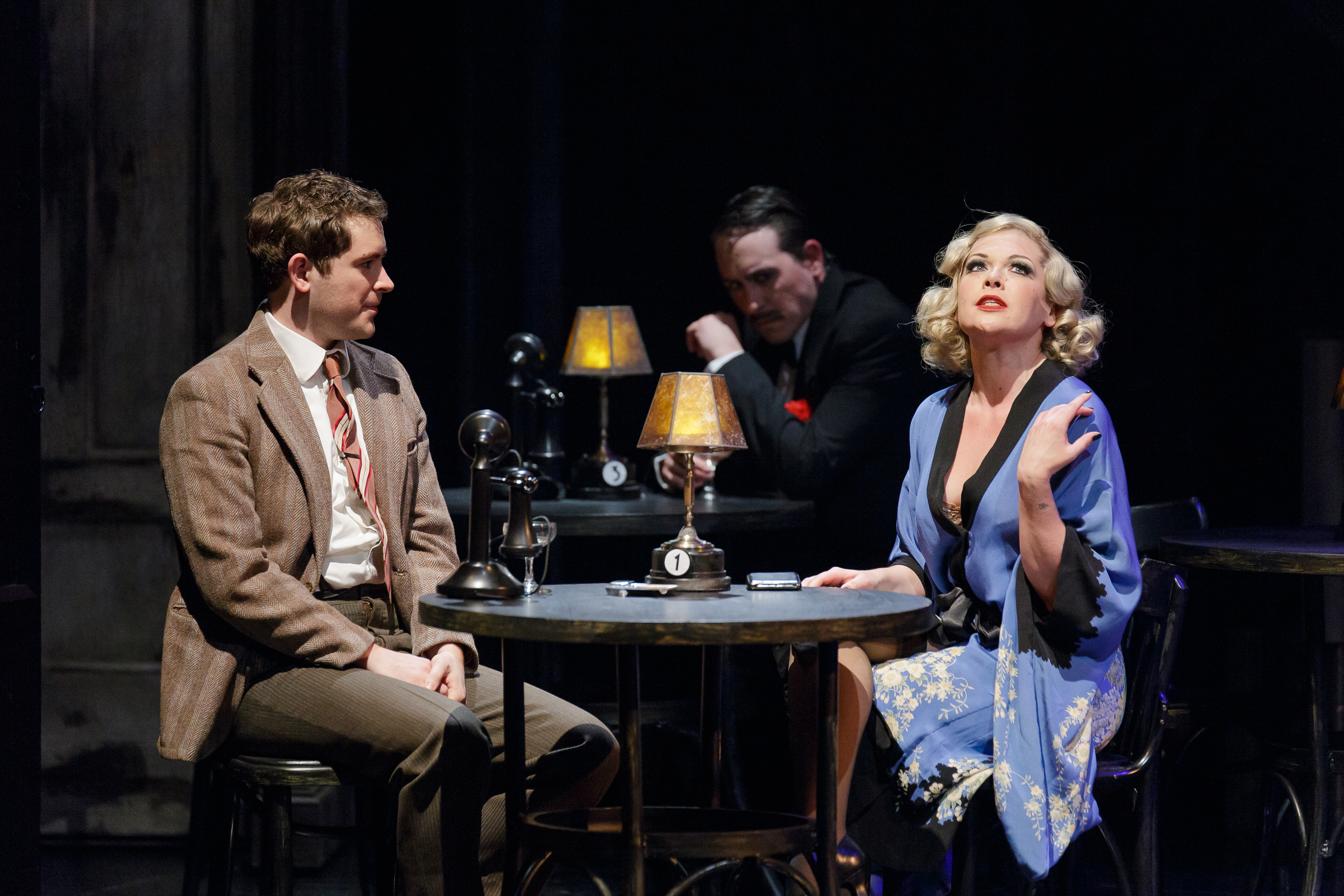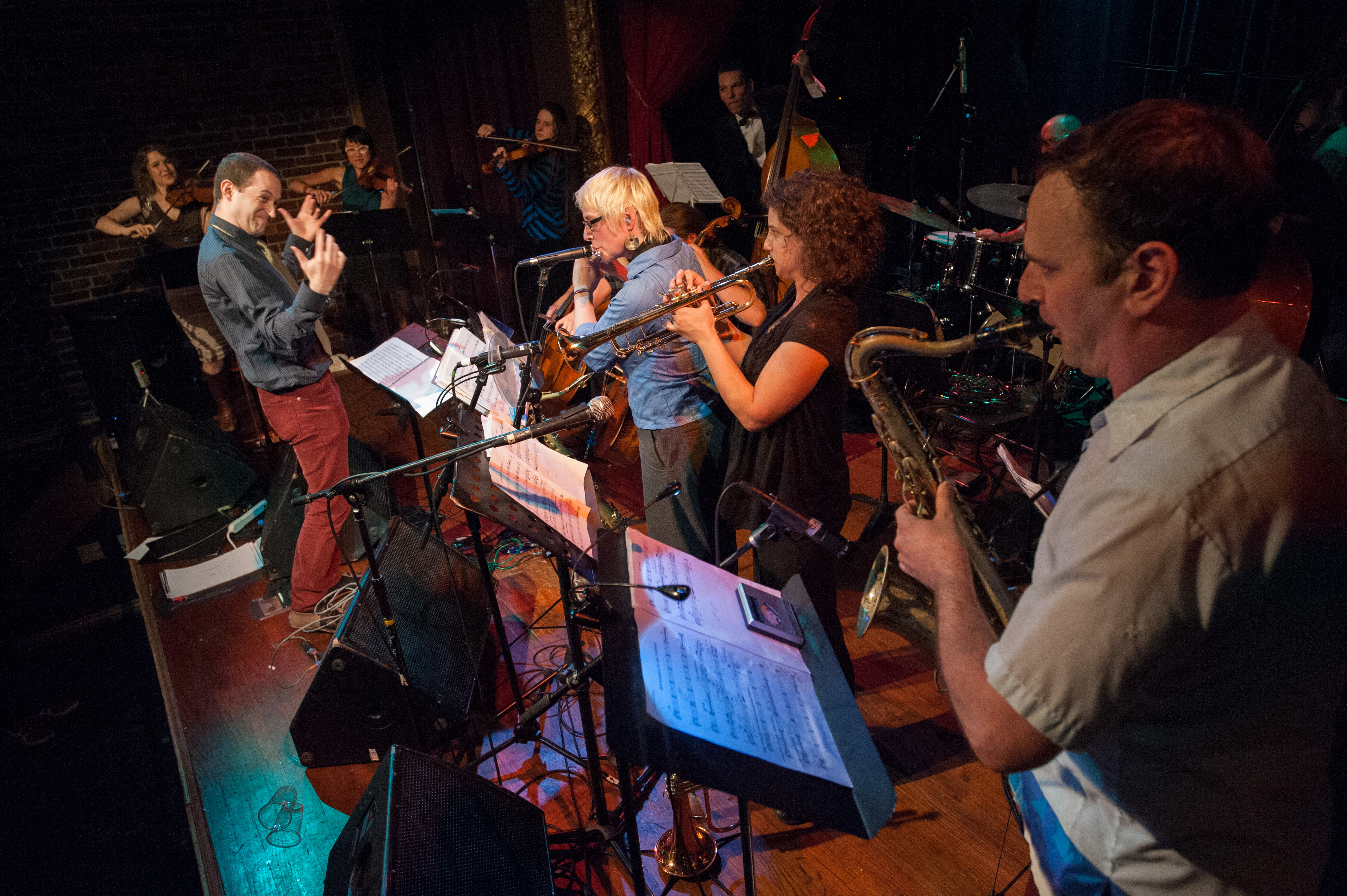THE ART OF MUSICAL improvisation flourished up through the 18th century. Beethoven was one of the greatest masters of the art, but inadvertently hastened its decline. He became the figurehead for the romantic notion of composer as ber-genius—not a craftsman but a creator of inviolable text—and along with that curtailed the role of improvisation in the concert setting.
Seattle Chamber Players
Benaroya Hall, Friday, March 10
Improvisation skipped a few generations, so to speak, and regained its centrality under a slightly different banner: jazz. Recently, however, pianist Uri Caine has been revisiting that in-between time, taking the high-romantic music of Wagner and Mahler as the basis for jazz improvisations. Caine’s “double life” included composition studies with George Rochberg and George Crumb at the University of Pennsylvania, along with regular jazz club gigs. His first two CDs were tributes to Thelonious Monk and Herbie Hancock. In 1996, Caine turned 180 degrees to record Urlicht/Primal Light, a selection of movements from Mahler’s symphonies and orchestral song-cycles. His dazzlingly imaginative reworkings for his 14-piece ensemble earned Urlicht an award from the International Mahler Society.
He approaches Mahler—a daunting task for any musician—by furthering the composer’s natural tendencies. The klezmer flavor of the tunes in the funeral march movement of the First Symphony is enhanced with a wailing clarinet and a toe-tapping dance backbeat on the trap set. Mahler himself was the all-time great symphonic collagist, combining “high” and “low” elements, popular tunes, and transcendent musical meditations.
Caine’s extraordinary version of the popular “Adagietto” from Mahler’s Fifth Symphony brings together elements just as disparate. It opens with solo piano at a meltingly slow tempo; Caine then reassigns the movement’s endless string melodies to clarinet, trumpet, and saxophone—and they sound great. The harmonies skew slightly; players add subtle or rude noodlings; bits of prerecorded music (the ensemble also includes a DJ, turntables and all) and moments of Spike Jones chaos surface.
Caine joins the Seattle Chamber Players (flutist Paul Taub, clarinetist Laura DeLuca, violinist Mikhail Schmidt, cellist David Sabee, and guest bassoonist Seth Krimsky) for a concert this Friday at Benaroya Hall. In addition to the two Mahler movements, Caine and the SCP will play his version of the “Liebestod” from Wagner’s Tristan and Isolde, which is one of the highlights on his 1997 live album Wagner e Venezia. These are more straightforward arrangements, for string quartet, accordion, and himself on piano, of well-known bits from five Wagner operas—highly enjoyable and full of wit (the galloping trombone theme in “Ride of the Valkyries” is played on pizzicato strings!). Caine and the SCP will also play around with Bach’s Goldberg Variations; the work, improvisatory reinterpretations of an unchanging bass line/chord progression, is an obvious choice for a jazz musician. And for Caine, who effortlessly floats between both styles, an instinctive one.







